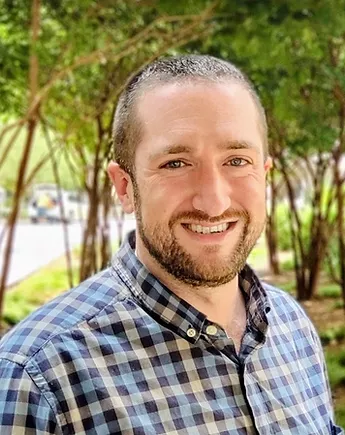Pediatric Pathology
What Is Pediatric Pathology?
Pediatric pathology is a sub-specialty focusing on pediatric diseases from fetal development to infancy, childhood, and adolescence. Pediatric pathologists are experts in researching and diagnosing pediatric developmental, neoplastic, infectious, and genetic illnesses.
These doctors have extensive schooling and training to identify a broad range of conditions in various specialties, as well as extensive knowledge of pediatric medicine and human development.
Pediatric pathologists work with doctors from every specialty, as well as laboratory and mortuary staff. Their work may provide information that is critical for a child’s treatment — at other times, the information may explain the cause of death.
What Do Pediatric Pathologists Study?
Since pediatric pathology studies diseases that occur at every stage of development, from embryo to adolescence, a pediatric pathologist must have substantial knowledge of medicine.
A pathologist may study tissue samples to diagnose and advise treatment, or to determine the cause of an illness or death. They have a broad knowledge of many specialties and conditions, including the following:
- Autoimmune diseases
- Bacterial infections
- Cancers
- Causes of miscarriage, neonatal death, and stillbirth
- Congenital abnormalities
- Congenital heart defects
- Disorders of the placenta
- Fetal development
- Fungal infections
- Genetic disorders
- Neural tube defects
- Neurological disorders
- Sudden Infant Death Syndrome (SIDS)
- Viruses
What’s the Difference Between a Pediatrician and a Pediatric Pathologist?
A pediatrician is a doctor a child will see from birth to adolescence for preventive care, treatment of illnesses and chronic conditions, and health education. They’re specially trained to examine and diagnose many diseases.
A pediatric pathologist works in a laboratory and uses microscopes and other specialized tools to examine tissue samples. If a pediatrician doesn’t have enough information to make a diagnosis, or needs confirmation, they can send tissue from a biopsy or bodily fluids to the pathologist for further study.
Techniques to Identify Pediatric Diseases and Conditions
Like all areas of pathology, pediatric pathologists use specialized techniques, tools, and processes to investigate abnormal cells. Some methods and tools they use include:
- Stains. Chemicals or stains can be applied to tissue samples to highlight signs of disease or cell abnormalities.
- Direct immunofluorescence. A special type of staining that helps identify autoimmune diseases.
- Frozen section. A sample can be frozen and examined immediately if a diagnosis is needed quickly, like during surgery.
- Immunohistochemistry. This technique uses the body’s own antibodies to help identify the interaction between the antibodies and antigens triggering the immune system.
- Electron microscopy. A special type of microscope that uses a beam of electrons instead of light, which allows pathologists to examine cell structures not otherwise visible.
- Flow cytometry. A technique of analyzing the identity and quantity of a type of cell or particle. Samples are suspended in fluid and passed through different light sources, lenses, and filters to generate wavelength data. Flow cytometry can measure characteristics like cell size, and total DNA.
What Do Results Look Like?
The results of a pathological examination are documented in a biopsy or pathology report, which includes information like:
- A diagnosis
- A description of the tissue sample
- A microscopic description of the disease process discovered
- Clinical information that helped support the diagnosis
- Additional information to help determine treatment
- If cancer is found, it may also contain information like how deep the cancer has penetrated the skin
- Comments from the pathologist
The report is sent to the treating doctor, who will discuss the results with the parent or guardian.
Pediatric Pathologists

Thomas DeNapoli, MD

Steven Hardee, MD

